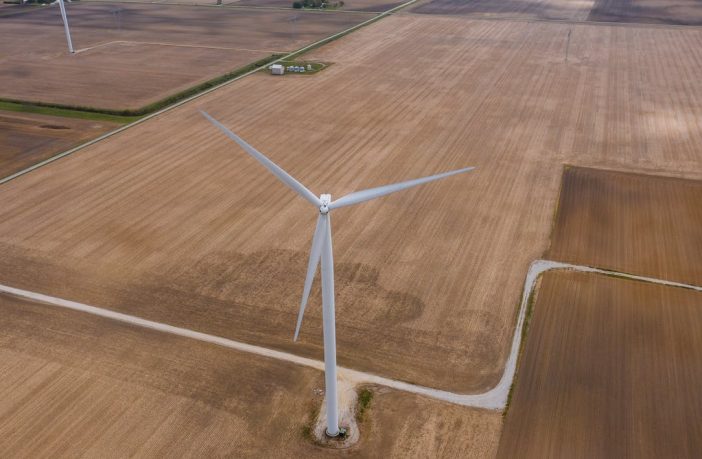- The International Energy Agency (IEA) forecasts significant renewable energy growth this year as a result of rising concerns over climate change and energy security.
- Events such as the pandemic and the war in Ukraine have driven up energy prices, leaving policymakers scrambling for cheaper, more reliable energy.
- However, supply chain issues and the high costs of solar photovoltaic panels continue to hamper renewables market growth, the IEA says.
Rising concerns over energy security and climate change will galvanize record new capacity to generate renewable power in 2022, the International Energy Agency (IEA) forecast on 11 May.
The IEA forecasts that 320 gigawatts will come online this year, equivalent to top European economy Germany’s total annual demand, up from a previous record of 295 gigawatts in 2021.
Related news: JinkoSolar issues warning on polysilicon prices
Last year’s additions, which were driven by the growth of solar energy in China and Europe, exceeded the Paris-based agency’s expectations it said in a new report on renewables.
Renewable energy growth
“Energy market developments in recent months – especially in Europe – have proven once again the essential role of renewables in improving energy security, in addition to their well-established effectiveness at reducing emissions,” IEA Executive Director Fatih Birol said.
But the growth of renewable power has been hampered by supply chain difficulties, the IEA added, saying that the cost of installing solar photovoltaic (PV) panels will remain high this year and next due to higher commodity and freight prices.
Before the coronavirus crisis, prices for solar power had been declining for a decade, the IEA said.
And in the absence of stronger policies, the growth of renewables is expected to plateau next year as progress in solar power is offset by a 40% decline in hydropower expansion and stagnant growth in wind power generation.
Renewables growth was led by China, the European Union and Latin America in 2021, the IEA said, but it had lagged in the United States.
“The U.S. outlook is clouded by uncertainty over new incentives for wind and solar and by trade actions against solar PV imports from China and Southeast Asia,” it added.
Author: Bryan Groenendaal
Source: World Economic Forum











